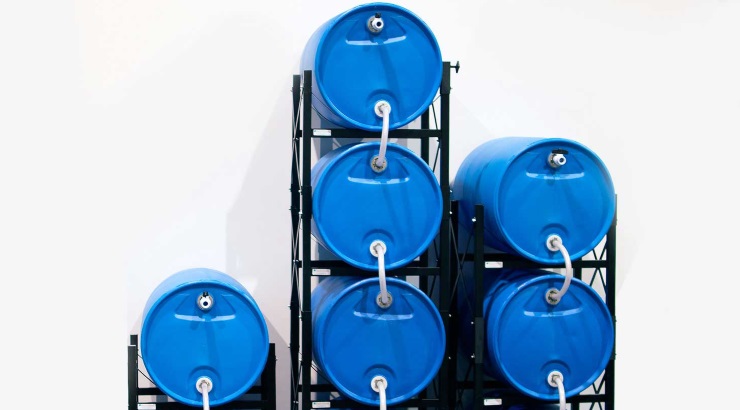Quick Tips
Ways of Storing Water
This involves holding water in an enclosed area for a period of time for private or commercial reasons.

Storage of water is defined as holding water in an enclosed area for a lengthy period of time for private or commercial reasons.
What are the common ways of storing water?
Broadly speaking, water can be stored in the atmosphere, on the ground, and below the ground. These three forms of storage can be divided in two: natural storage of water, and artificial storage of water.
Natural water storage happens in the atmosphere while artificial storage is done on the surface of the Earth or underground.
This article is about artificial storage of water.
For starters, artificial storage of water can be divided into small-scale storage where people harvest and store water in tanks for domestic use, and commercial storage where water is held in ponds and dams for large scale use.
As an individual, you will most certainly need to store water for domestic use – and below are a few tips to solve your water storage issues.
1. Storage containers
Unknown to many people, you cannot store water in any container that comes your way. Water should only be kept in a UV-resistant, food-grade plastic container or in metallized bags.
The safest containers to store water are polyethylene-based plastics. The containers should be blue in color as the pigment limits the exposure and growth of bacteria and algae.
The color also suggests that the water is safe for human consumption.
While you can temporarily store water in disposable water bottles, this is not a good idea for long-term storage. Use re-useable Nalgene bottles for long-term storage of water.
You can also store water in soda bottles although your drinking water may acquire a cola taste due to plastic bottles’ ability to absorb flavors.
2. Storage setting
Always keep your water containers in a dark and cool area to prevent algae and bacteria growth. Be sure to store water in a basement, or a storage room to avoid direct or indirect sunlight.
In case you are using barrels for your storage of water, place a non-porous insulation barrier – such as wood – between a cement floor and the barrel to prevent hydration reactions.
Besides, keep in mind that most water barrels are not designed to be piled on each other. If you are constrained by space and you need to stack your water, go for containers that have grooves on the bottom for stacking.
3. Sizes of containers
Truth be told, you cannot solely rely on barrels for your water storage needs. Some situations will demand that you carry water in small quantities.
It is therefore important to acquire containers of varied sizes: small, medium, large, and extra-large to store water. You can always siphon water from your extra-large vats into small vessels for mobility during a crisis.
4. Duration of storage
Although water cannot expire, it can become stale. It is advisable to replace stored water once a year to ensure freshness. But if this is not possible, water can be rotated to restore its freshness and eliminate the stale taste.












